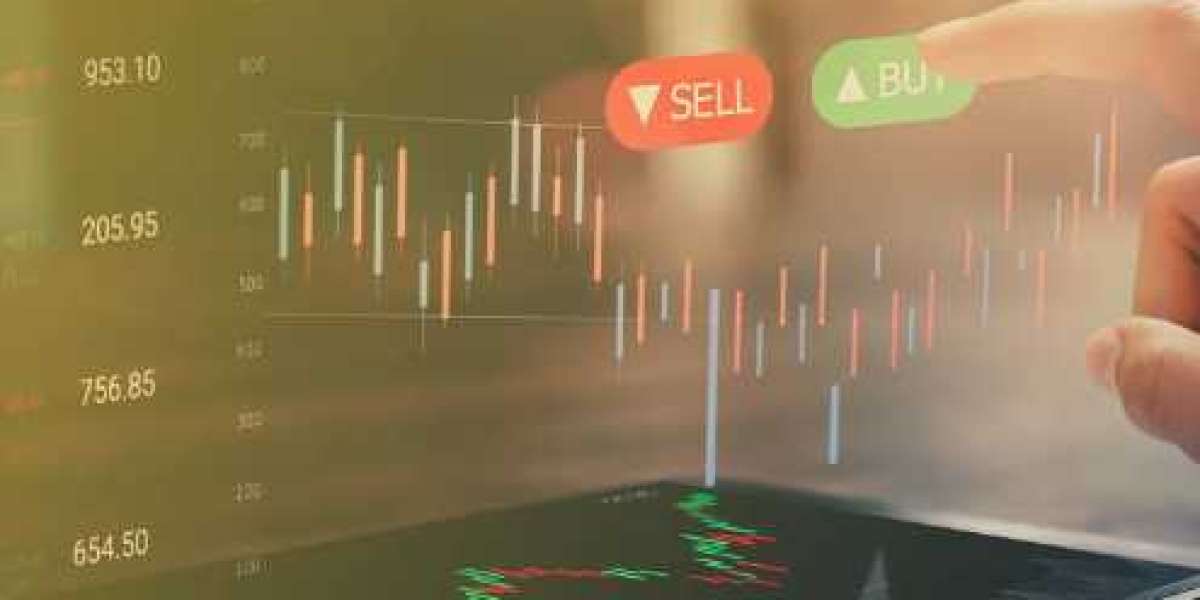Crypto Signals involves analyzing complex market trends and making informed decisions to maximize profits. Crypto signals play a crucial role in this process by providing actionable insights and recommendations based on market analysis. This guide offers an in-depth look at crypto signals, including what they are, how to use them, and how to select the best signals for your trading strategy.
1. Introduction to Crypto Signals
Crypto signals are trade recommendations or alerts generated by experts or automated systems that provide insights into potential trading opportunities in the cryptocurrency market. They help traders make informed decisions about buying, selling, or holding cryptocurrencies.
1.1 What Are Crypto Signals?
- Definition : Crypto signals are suggestions or alerts based on technical analysis, market trends, and other factors. They indicate when to enter or exit a trade.
- Source : Signals can come from experienced traders, analysts, or algorithmic trading systems.
1.2 The Importance of Crypto Signals
- Market Analysis : Provides insights based on detailed market analysis.
- Timing : Helps traders make timely decisions to capitalize on market opportunities.
- Risk Management : Assists in managing risks by suggesting optimal entry and exit points.
2. Types of Crypto Signals
Crypto signals come in various forms, each with its own characteristics and benefits. Understanding these types will help you choose the best signals for your trading strategy.
2.1 Technical Analysis Signals
- Indicators : Based on technical indicators such as Moving Averages (MA), Relative Strength Index (RSI), and Bollinger Bands.
- Patterns : Identifies patterns like head and shoulders, double tops/bottoms, and trend lines.
2.2 Fundamental Analysis Signals
- News-Based : Derived from news events, regulatory changes, or economic factors impacting the cryptocurrency market.
- Market Sentiment : Analyzes investor sentiment and market trends.
2.3 Algorithmic Signals
- Automated Systems : Generated by algorithms that analyze vast amounts of data to identify trading opportunities.
- Backtesting : Algorithms often use historical data to predict future price movements.
2.4 Manual Signals
- Expert Analysis : Provided by experienced traders or analysts who manually analyze the market.
- Recommendations : Includes specific buy, sell, or hold recommendations based on personal analysis.
3. How to Use Crypto Signals
Using crypto signals effectively involves understanding their recommendations and integrating them into your trading strategy.
3.1 Receiving Signals
- Signal Providers : Subscribe to signal services or platforms that offer regular alerts.
- Platforms : Use apps or software that deliver signals directly to your device.
3.2 Analyzing Signals
- Verify Accuracy : Cross-check signals with your own analysis or other sources.
- Understand Context : Consider the market context and timing of the signal.
3.3 Implementing Signals
- Execution : Follow the signal's recommendations to execute trades.
- Risk Management : Use stop-loss orders and position sizing to manage risk.
4. Evaluating Crypto Signal Providers
Selecting a reliable crypto signal provider is crucial for effective trading. Here's how to evaluate potential providers:
4.1 Reputation and Credibility
- Reviews and Testimonials : Check for reviews and testimonials from other traders.
- Track Record : Assess the provider's historical performance and success rate.
4.2 Signal Quality
- Accuracy : Evaluate the accuracy of the signals provided.
- Timeliness : Ensure that signals are timely and relevant to current market conditions.
4.3 Cost and Value
- Pricing Models : Compare pricing models, such as subscription fees or one-time payments.
- Value for Money : Consider the value provided relative to the cost.
4.4 Support and Resources
- Customer Support : Check for available support options and responsiveness.
- Educational Resources : Look for additional resources such as tutorials or market analysis.
5. Risks and Challenges of Using Crypto Signals
While crypto signals can be beneficial, they come with certain risks and challenges. Understanding these can help you make more informed decisions.
5.1 Market Volatility
- Price Fluctuations : Cryptocurrency markets are highly volatile, and signals may not always predict price movements accurately.
- Unpredictable Events : Unexpected news or events can impact the accuracy of signals.
5.2 Over-Reliance
- Critical Thinking : Avoid relying solely on signals; incorporate your own analysis and judgment.
- Diversification : Use signals as one tool among many in your trading strategy.
5.3 Scams and Fraud
- Avoid Scams : Be cautious of providers that guarantee high returns or require upfront payments.
- Research Providers : Verify the legitimacy of signal providers before subscribing.
6. Best Practices for Using Crypto Signals
To maximize the effectiveness of crypto signals, consider these best practices:
6.1 Combine Signals with Your Own Analysis
- Technical and Fundamental Analysis : Use signals as part of a broader analysis strategy.
- Market Trends : Consider overall market trends and conditions.
6.2 Start Small and Scale Up
- Test Signals : Start with small trades to test the reliability of the signals.
- Scale Gradually : Increase your trading size as you gain confidence and experience.
6.3 Stay Informed and Educated
- Continuous Learning : Stay updated on market trends and trading strategies.
- Educational Resources : Use resources to enhance your trading knowledge.
7. Conclusion
Crypto signals can be a valuable tool for cryptocurrency traders, offering insights and recommendations based on detailed analysis. By understanding the types of signals, how to use them effectively, and how to evaluate providers, you can enhance your trading strategy and make more informed decisions. Remember to balance signals with your own analysis and risk management practices to achieve the best results in the dynamic world of cryptocurrency trading.


